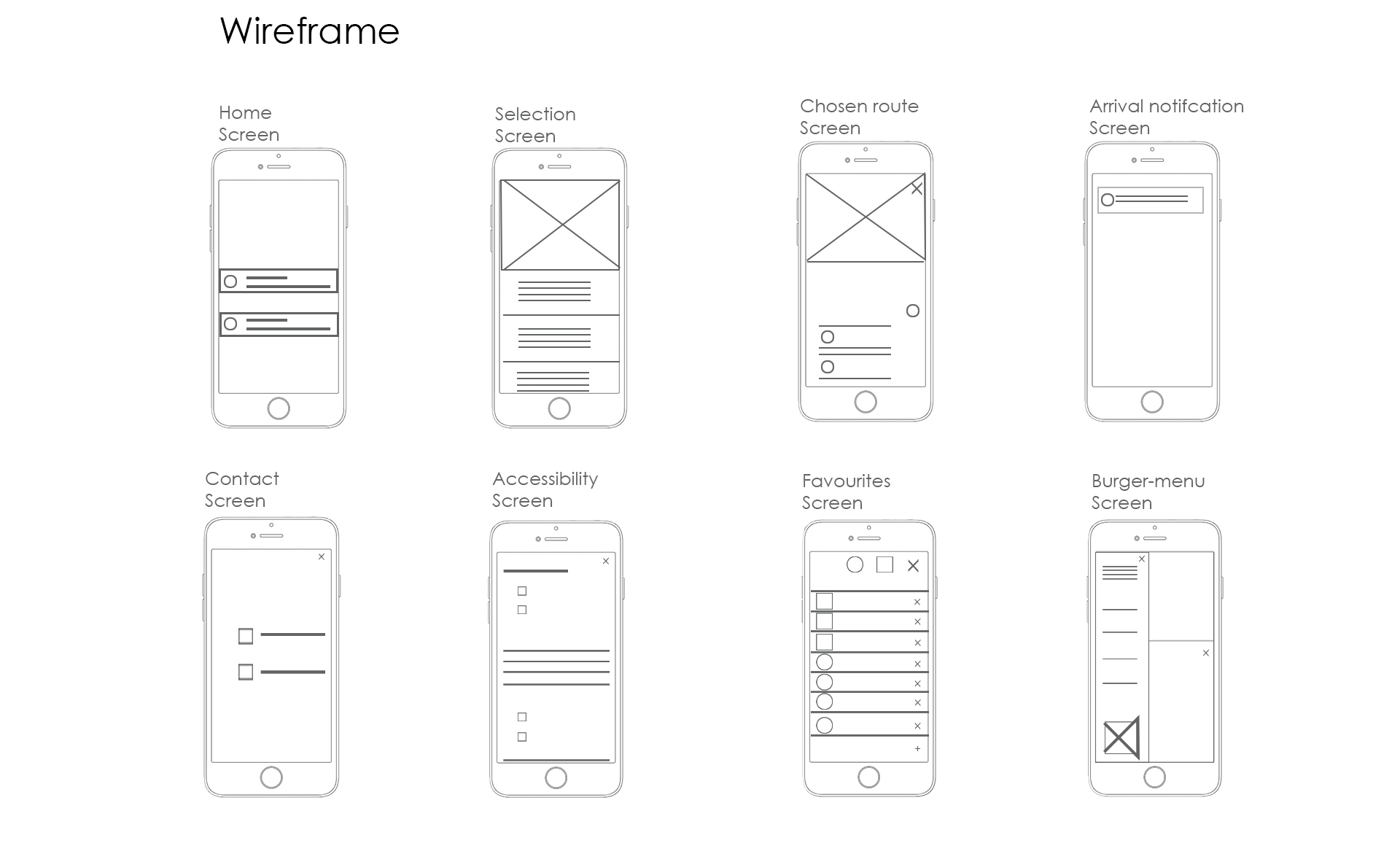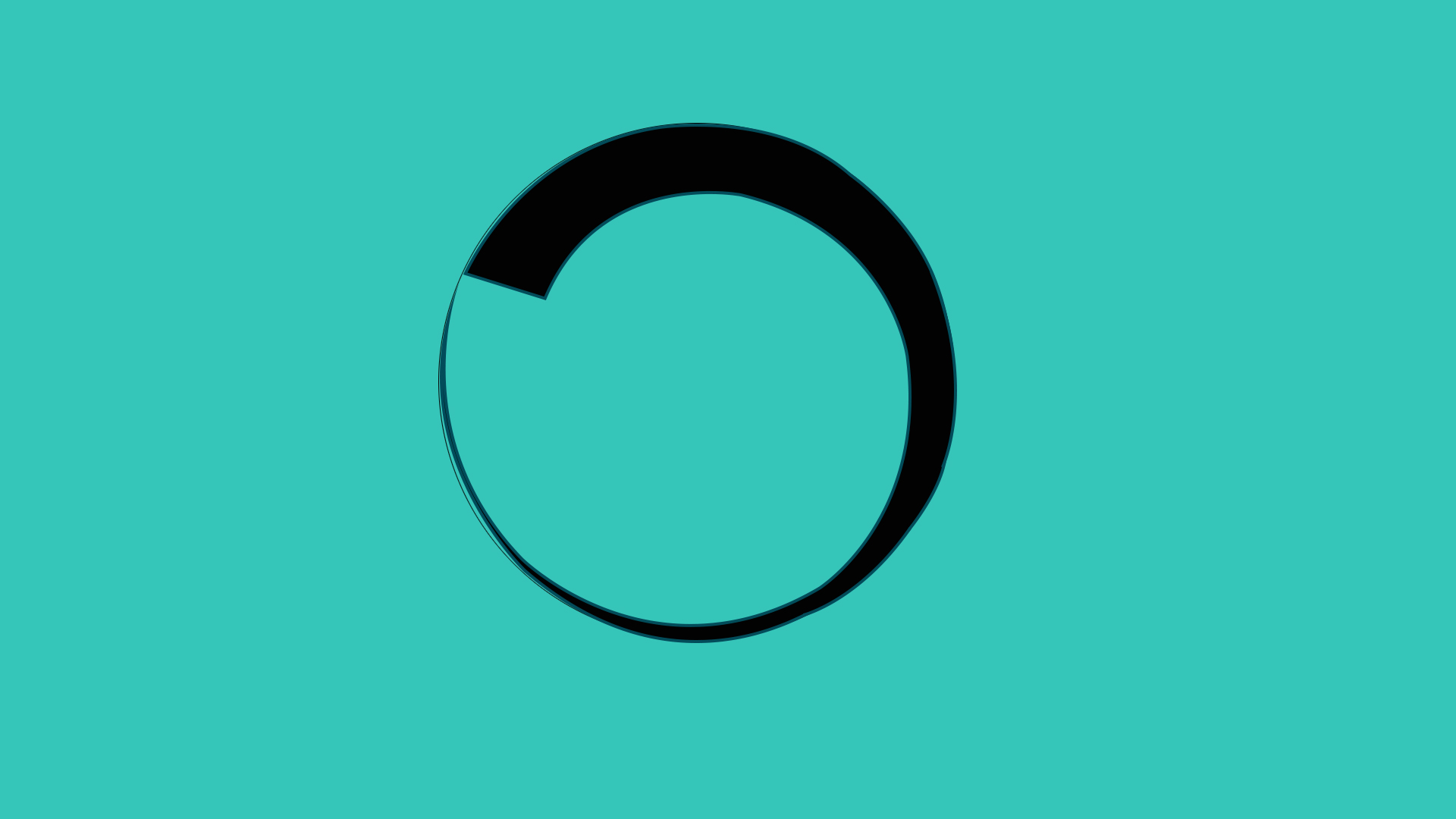
The results here display showed that users expected: the time fair to be earlier on in their user journey through the app.
From there we iterated on this discovery and displayed the user journey in wireframe architecture. Wireframing allowed for access across screens to display consistency and content composition. Based on our results we wanted to simplify the journey, speed up the process of finding the route on the app and display real time data for commuters

Heuristic Evaluation
We sought to evaluate the iterated design using Nielsons 10 Heuristics and look at contrasting our first testing on the Dublin bus app with our new Design
- 1. Visibility of the system status
- 2. Match between system and the real world
- 3. User controls and freedom
- 4. Consistency and standards
- 5. Aesthetic and minimalist design
Problems: Dublin bus app does not provide live tracking data of the bus’s location prior to reaching the stop or on the journey, status of your current location and route journey is not visible)
Here the app performed well. Live tracker indication displayed in a bar with a text indicator instilled trust in the user. An alert notifying user with a pop up modal whilst they were on other parts of their phone was a reliable engagement and feedback for users not depending soley on their own interaction with the app for updates.
Users found it more personal and felt they had more control when they could notify the bus driver for accessibility access close to the journey rather than planning and alerting company of their trip 24hrs in advance. Audio access was responsive to other features installed in the phone with someone who used it for their day to day tasks or a if Audio access was installed because of visual impairment.
The new Information Archictecture of the app was in line with user expectations with map interface and IOS formatting resulting in a reliable interface and less recall cognition for the user.
Hierachy and pattern compartmentalisation indicate the salient features of the new Dublin bus design which reduced journey planner time from 7.1 minutes to 3.2 minutes. The Aesthetics are coherent with the new colour scheme skin that TFI is applying to the DUblin bus fleet

Iterative Prototype
The redesign of the Dublin bus app collectively designed by myself, Julie and Rory empathising, defining , ideating, creating prototypes whislt conducting research and progressing based on feedback based off of Stanford Design Thinking Model.
Dublin bus app is the spire following a circumference referencing a wheel. The inspiration from for the new logo is relating to an the Spire constructed in Dublin city centre 2003, (Archiseek - Irish Architecture, 2003). The space between the tip of the spire and it’s base in the circle is at the same angle as the Celtic Tara pseudo-penannular Brooch .

Conclusion
Upon set assigned resources – the Dublin Bus App Prototype underwent observation and research into establishing what were the primary actions a hierarchy in flow chart function and design to carry out those actions for the commuter. Our main objectives were successfully met with regard to heuristic evaluation and design iteration based on feedback of interviews with commuters. The flagship redesign was assigned higher interaction rate, concluding that a 38% increase of users completed all steps to defining and completing tasks to navigate their Dublin bus journey via the application. As a team we communicated our main goals of bringing features together indicating reliable time, transport distance and commuting, arrival time and bus intervals.